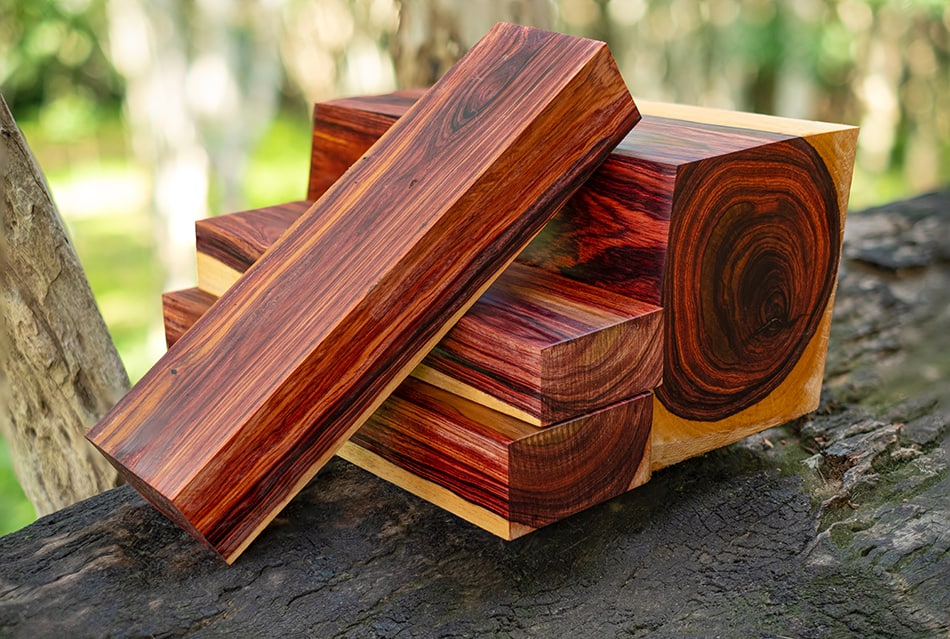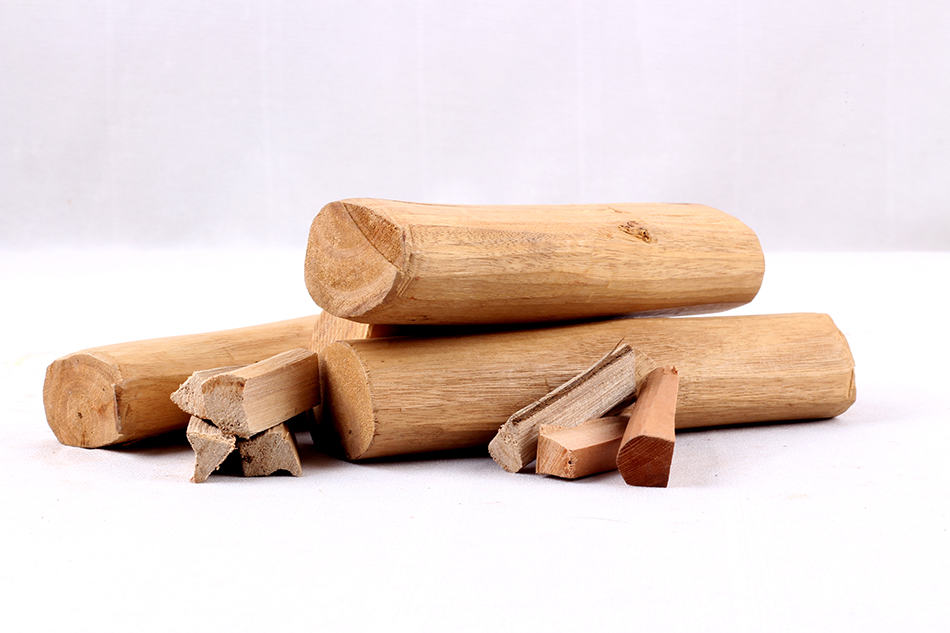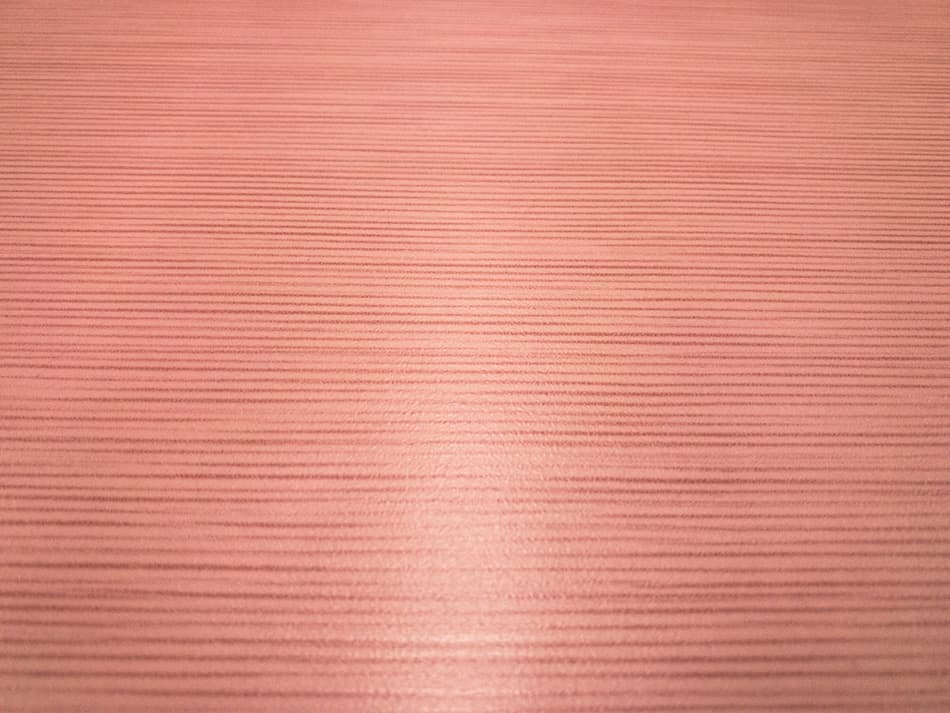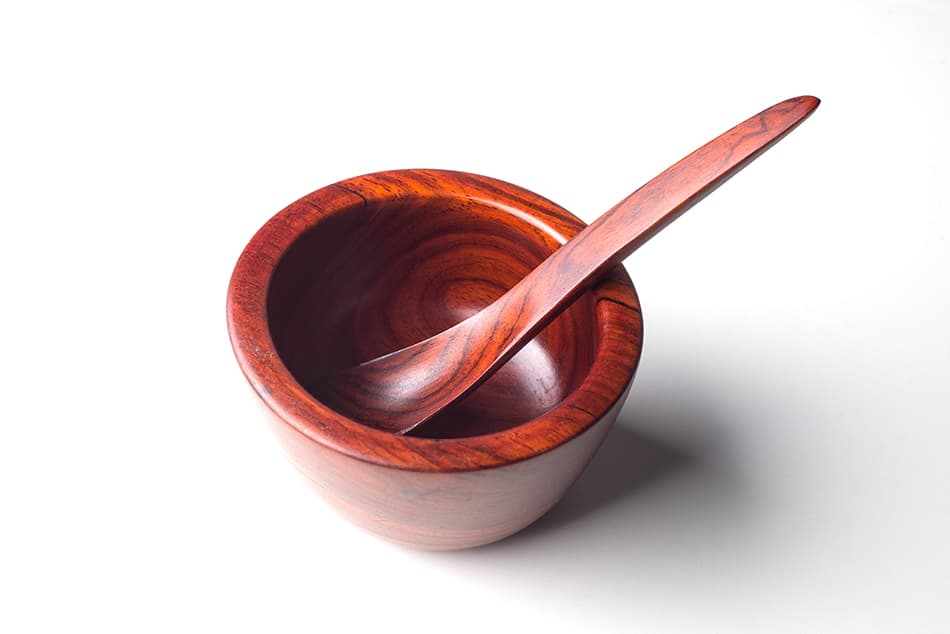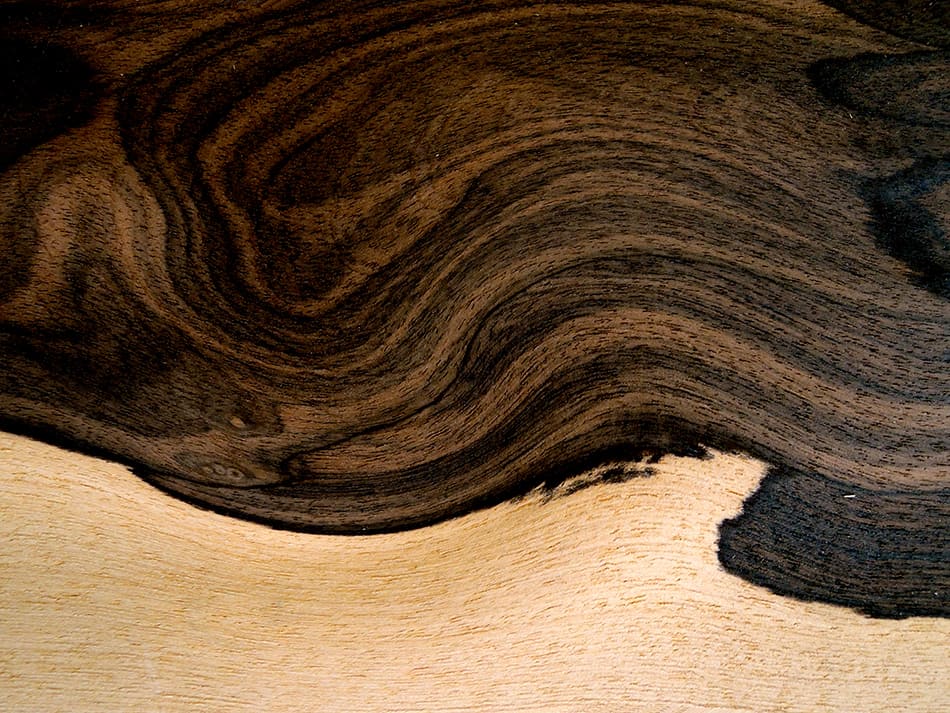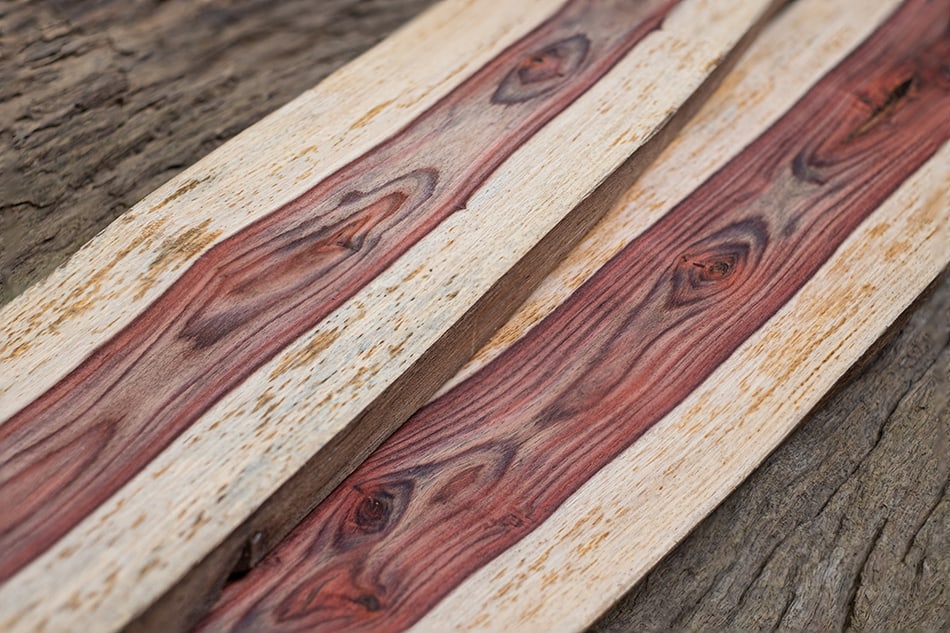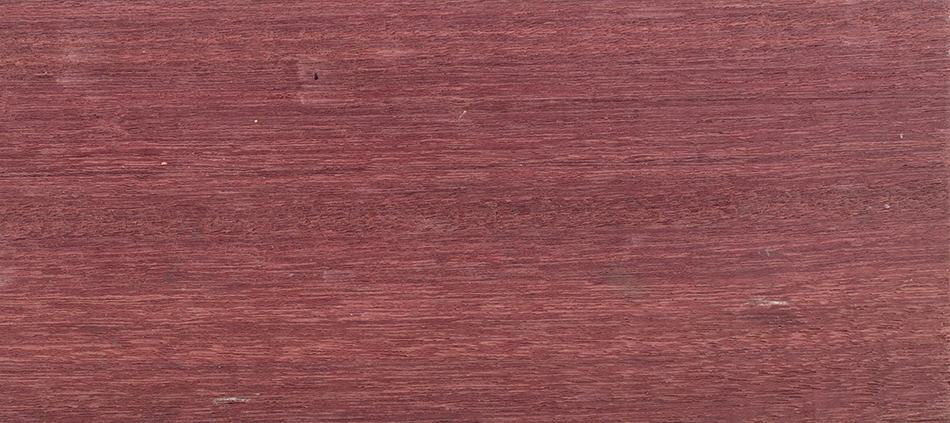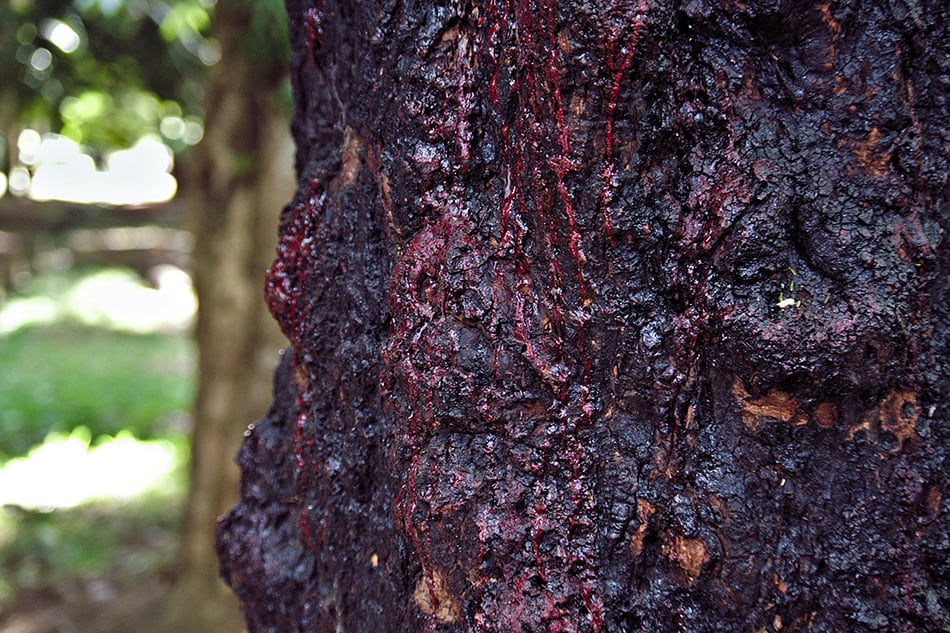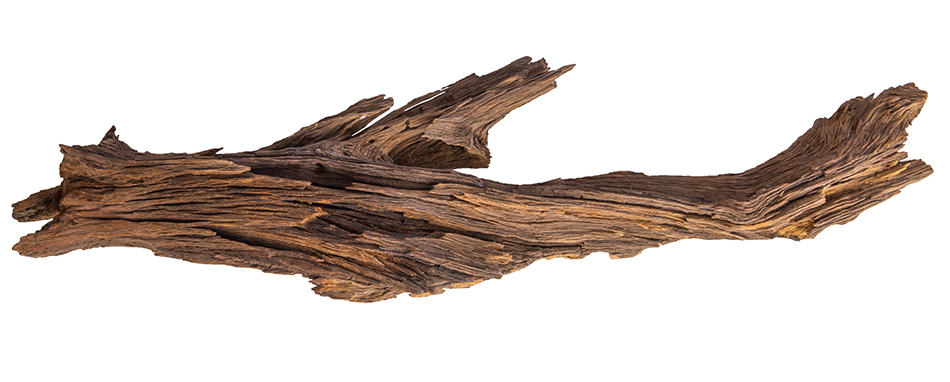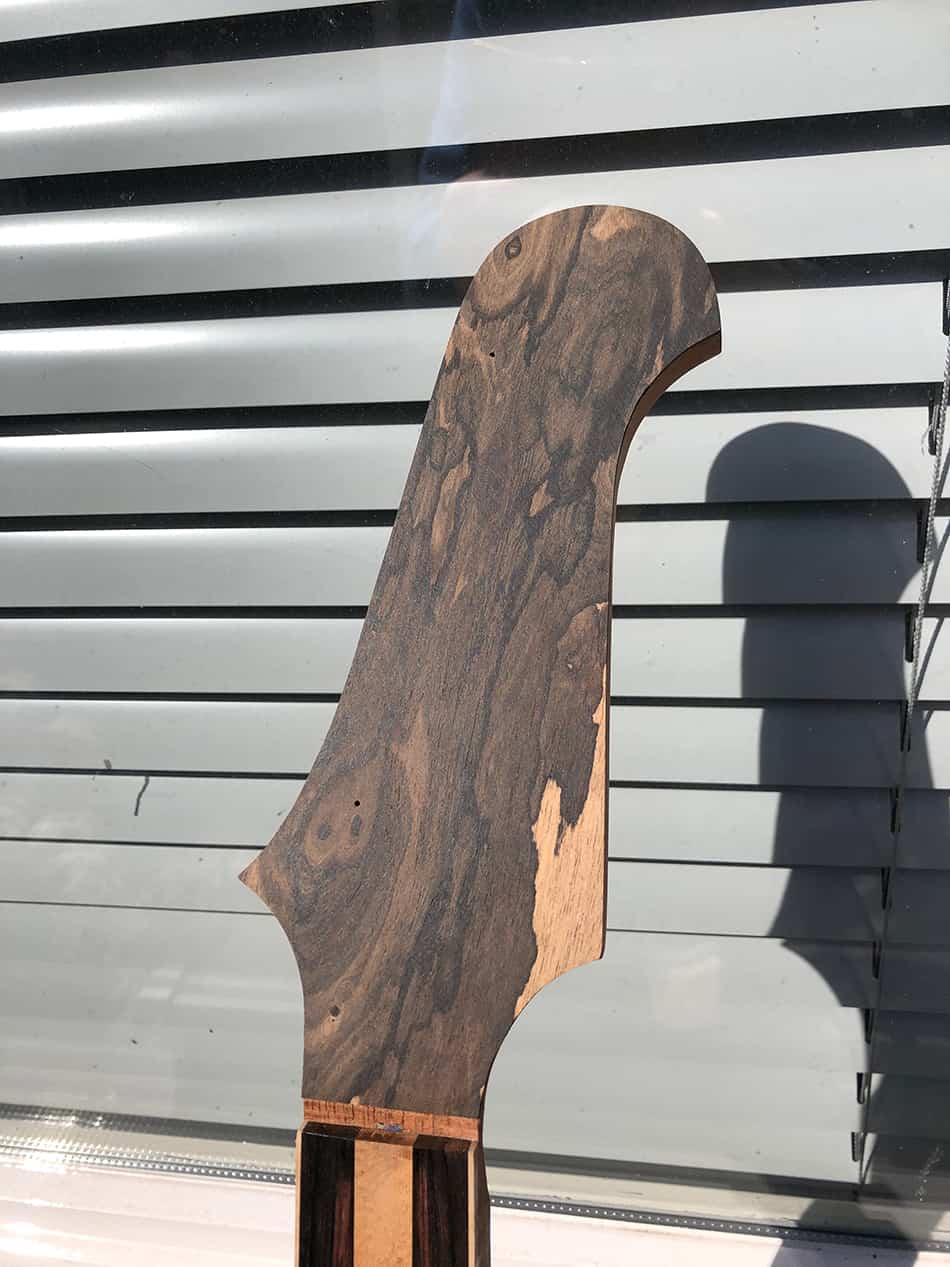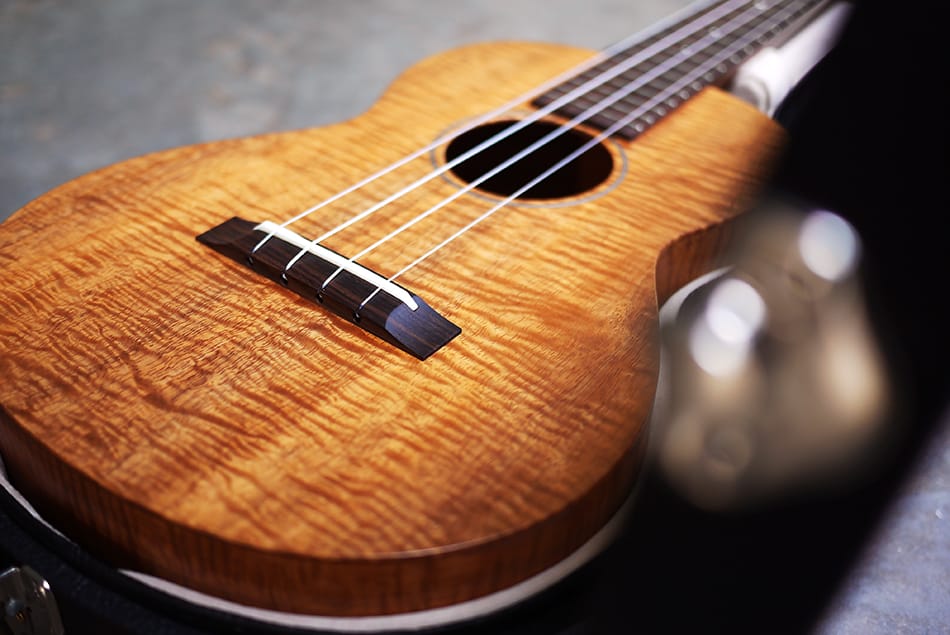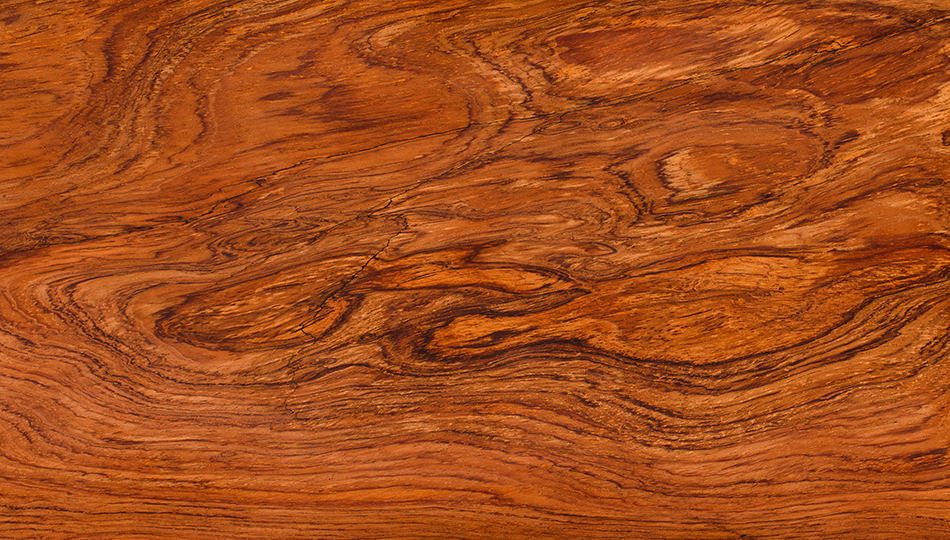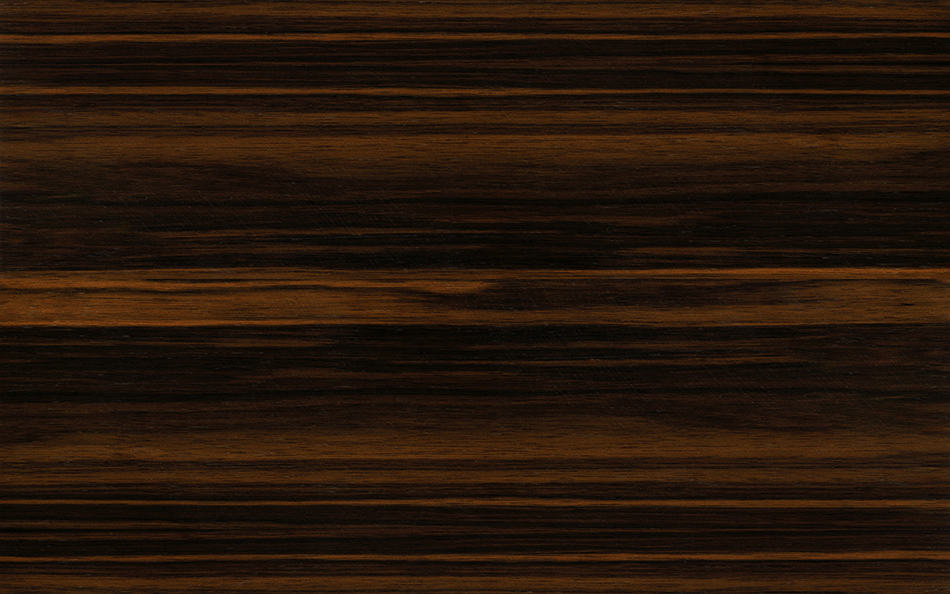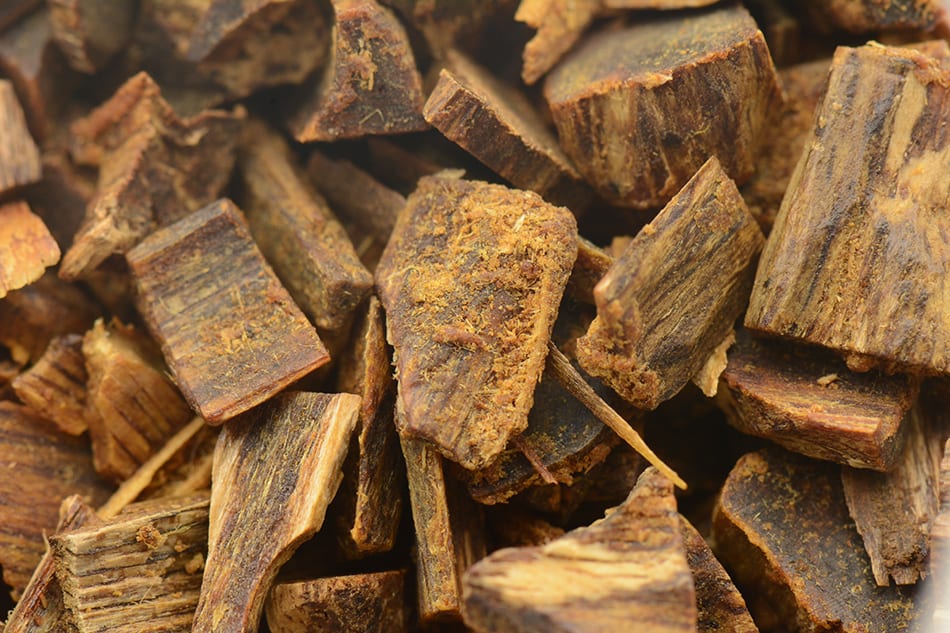For thousands of years, wood has been used for various purposes. For instance, it is one of the basic materials for constructing homes and other buildings. Wood can also be carved to create art pieces for home, couches, chairs, and kitchen utensils.
Some wood species, like Sandalwood and Agarwood, are used for cosmetic and therapeutic purposes. Because of the many benefits it provides, it is not surprising that the demand for wood is still strong, and it just keeps rising. Some people are even buying exotic and expensive hardwoods for special purposes.
So, what are the priciest wood available in the market? To give you a better view, here is a list of the most expensive types of wood in the world.
African Blackwood
Considered the hardest wood in the world, African blackwood is found in Africa’s Sahara Dessert. The hardwood of this slow-growing tree is fine-grained, melodious, and dense. Aside from that, it is also durable, and it can withstand heat and water damages.
Although African blackwood has several varieties, it is prized for its black color. In fact, this wood is typically used to make decorations because its shade creates a beautiful contrast with other wood colors. Additionally, it can hold intricate details, making it the ideal wood for wood carvings. Aside from wood carvings and other art pieces, this expensive wood is also used to make musical instruments such as clarinets, guitars, and oboes. Lastly, this type of wood is oily, and it doesn’t allow rust to form.
African blackwood is the most expensive wood in the market. This is not surprising because of the many benefits it can provide. However, this tree grows small, and it is often bent and twisted. For this reason, acquiring wide boards will be difficult. Aside from that, it is the hardest wood in the world. As such, it can easily dull your cutting tools. Plus, it is also hard to work with, especially if you’re using hand tools.
Ebony
Ebony is one of the strongest wood in the world, and it is harvested from various species of Diospyros that grow in the Tropics. The wood’s color is almost black; however, there are some varieties that have a greenish-black hue, including those found in the United States.
Ebony is dark and smooth. It is also has a flat grain, and it can be polished to produce a glossy finish. Because of its glossy characteristics, this expensive wood is often used in making decorative items, fine furniture, piano keys, and other musical instruments. For your homes, you can use this wood for floor inlays, carved doorknobs, and cabinet pulls.
Ebony is heavy and dense. Aside from that, it is also durable and resistant to insect attacks. Unfortunately, this wood is hard to work with because of its heavy and strong nature. It can even dull your cutting tools. Additionally, if you’re going to work with Ebony, you may smell an unpleasant odor, which will eventually disappear. Finally, gluing this wood can be challenging because it contains a lot of oil.
Sandalwood
Sandalwood is a golden-yellow wood with a pleasant aroma. It is typically found In the South Pacific islands and throughout Southeast Asia.
Because of its beautiful smell, the oil of Sandalwood is a common ingredient in perfumes, soaps, incense, and scented candles. Aside from that, this wood is also important in various religious rites and Oriental ceremonies. Also, some people use its powder form for Brahman caste marks.
Even though Ebony is popularly used in the cosmetic industry, there are some people who used its hardwood to make ornamental boxes and furniture. Although a bit expensive, more and more people are using this wood for flooring because of its fine grain and durability.
Sandalwood is harvested from slow-growing trees. Unfortunately, the demand for this wood is high because of its aromatic oil. As such, its price will continue to rise due to shortage.
Holly
Holly is often used for turning, carving, art pieces, and inlay purposes. Because of its smooth texture and almost white color, this expensive wood is also popularly used for making organ and piano keys.
Holly can be stained easily. As such, some people dye this wood with black and use it as an alternative for Ebony. Additionally, this wood is also used as inlays for expensive furniture.
Holly is derived from a slow-growing tree. As such, this wood is extremely rare and expensive. Additionally, it is also very hard, making it difficult to work with if you’re using hand tools. Plus, it is also prone to insect attacks.
Typically, this expensive wood is harvested during the winter, and it is dried rapidly. The reason is that it develops a bluish-gray fungal stain if it is not dried quickly after cutting.
Pink Ivory
Pink Ivory is native to Africa, specifically Mozambique, Zimbabwe, and South Africa, where the wood is sustained and controlled. Aside from that, this pricey wood comes in varying shades, which range from pinkish-brown to deep purple-red. The most expensive varieties are those with vibrant pink shades.
Pink Ivory has an even grain. As such, it is an excellent choice for various applications, including veneers, knife handles, and billiard cues. Many people also use this wood for the interior of their house by using it as an inlay for fine pieces of furniture. When used correctly, the beautiful shade of this wood can make a great accent.
Pink Ivory is durable and can stand up to decay. Unfortunately, this characteristic can make it difficult to work with, especially if you’re going to use it for woodworking. Aside from that, it can also make your blades dull quickly.
Another drawback of this expensive wood is its strong unpleasant odor. However, the smell will eventually disappear. Additionally, the beautiful color of this wood also fades quickly, but you can stop the fading process by applying the right finish.
Cocobolo
Cocobolo, also known as Mexican Rosewood, is derived from the Dalbergia retusa tree. It is one of the most expensive woods in the world because it shows a rich color scheme with swirling patterns of multicolored lines that eventually darken as the wood ages. Aside from that, this wood is also popular for its distinct aroma that can last for years, especially when you use it for paneling, flooring, and furniture.
Cocobolo is often used to make weapon grips. As such, it is prized by most owners of expensive knives and handguns. Aside from that, this gorgeous wood is also used to make musical instruments and chess pieces; thus, it is also loved by many musicians and chess players.
Cocobolo has a lot of great properties. To be specific, it is resistant to scratches, decay, and insect attack. Additionally, it is also dense and heavy. Plus, it can accept lacquer, so it can be polished to a glossy finish without issues.
Because Cocobolo is a strong wood, most woodworkers will have a hard time working with this wood. It can also dull your blades quickly.
Bubinga
Bubinga comes in varying colors. As such, you can get a lighter shade as well as a dark-colored wood with a reddish-brown hue. Aside from that, this wood is derived from a huge tree, so you can purchase it in large slabs to make tables and desks.
Aside from furniture, Bubinga is also used for turnings and veneers. Additionally, it can be an excellent material for a door because it doesn’t warp or crack. Plus, it can last for decades, especially with proper care.
Compared to other types of wood, Bubinga stands out because it has streaks and several grain features. Also, it is a strong and reliable wood, and it can stand up to insect attacks.
Because of its great features, Bubinga is often used as a substitute for Rosewood. However, this type of wood has a few disadvantages. For example, gluing this wood can be challenging because of its natural oils. Like other strong woods, it can also dull your cutting tools quickly. Additionally, wet Bubinga has an unpleasant smell, so if you’re going to work with it, you have to make sure that it is dry. Lastly, some people who have worked with this wood have experience skin irritation and lesions. For this reason, you need to wear gloves when handling this expensive wood.
Bocote
Bocote is harvested from a tree native to South America, Mexico, and the Caribbean. It is also one of the most expensive wood in the world because of its high demand. A lot of people sought this wood because of its exotic beauty. To be precise, it has a beautiful texture with a brown-black shade.
Because of its attractive appearance, Bocote is often used to create furniture and art pieces. In fact, even a mundane object will beautiful if it is made of this wood. Aside from that, Bocote is also used to make gunstocks, musical instruments, and turned objects.
Another great advantage of using Bocote is that it can be easily glued even though it contains a lot of natural oils. Aside from that, this wood can last a long time, especially with proper care.
Bocote is known for its beauty but not for its strength. In fact, it is not much stronger than maple. Plus, it is also susceptible to insect attacks. Also, it has an unpleasant smell that may turn off some people. Lastly, some individuals working with this wood may experience negative reactions, especially if they have sensitivity to wood.
Dalbergia
Dalbergia comes in several varieties. As such, it allows buyers to pick if they want a golden-brown shade or a darker wood with purple streaks. No matter what variety you choose, this wood will darken to a deeper brown shade as it ages.
A lot of homeowners use Dalbergia for their flooring because of its durability. Additionally, its grain is also beautiful, and it will make your floors look appealing. Aside from that, this wood has other uses. For one, it is often used to make acoustic guitars. Plus, it can also be used to make fine furniture and veneers.
Dalbergia is one of the most beautiful wood you can purchase. However, this wood is hard to work with because you don’t want to damage its striking interlocking grain. Plus, it can also make your cutting tools dull quickly. Also, this wood has resins that can bleed out, so it is best to apply the seal coats carefully. Finally, most people who have worked with this wood have experienced skin irritation. Nevertheless, you can protect your skin by wearing gloves and long sleeves.
Purple Wood
Purple wood is famous for its beautiful purple color. At first, when it is freshly cut, this wood may have a dull shade. As it dries out, the dull shade will turn into a deep purple color. However, as the wood ages, it will keep on changing colors, eventually turning into dark brown wood with purple hints. To prevent this change, you can apply a finish that prevents UV light.
Purple wood has many uses. For one, it is used in boatbuilding because it is water-resistant. Aside from that, it can also be used to make furniture and accent pieces for fine furniture. You can also use it as flooring if the budget is not a problem.
Aside from its attractive appearance, purple wood is also known for its strength. It can stand up to most insect attacks, and it can resist decay. Because it is a strong wood, it can dull your cutter quickly.
Another disadvantage of purple wood is that it is challenging to work with. The reason is that dull tools and high-speed cutters can heat the wood. Once it is heated, the wood will produce a gummy resin that can damage the tools you’re using.
Most people working with purple wood have experienced negative reactions like skin irritation. Additionally, individuals with asthma may also experience breathing problems.
Bloodwood
People can easily recognize Bloodwood because of its distinctive bright red color. As the wood ages, its beautiful color may change, but you can prevent the process by applying a protective coating. Additionally, you should also avoid exposing it to UV light to maintain its beautiful color.
With proper care, this wood can last for a long time. Plus, it can resist water as well as stand up to insect attacks. Because of these features, this wood can be used as flooring for your homes. Aside from that, it is also used to make trim inlays, musical instruments, knife handles, and fine furniture.
Bloodwood is one of the most beautiful wood in the world, thanks to its striking color. However, this wood is brittle. As such, woodworkers must handle it with care because it can easily splinter.
Another major drawback of this expensive wood is that exposure to it can lead to health problems like nausea and skin irritation. For this reason, it is best to wear a mask, gloves, and long sleeves when handling this wood.
Ironwood or Lignum Vitae
Ironwood or Lignum Vitae is commonly found in the Caribbean. Aside from that, this wood is also available in various colors, ranging from light olive green to dark green. There are also some varieties with an almost black shade.
Ironwood is a great wood you can use for your flooring and other outdoor applications. The reason is that it is tough and durable. Plus, it can stand up to insect attacks. Aside from that, this wood is also used to make turned objects, tool handles, bearings, and strong mallet heads.
Aside from being strong and durable, Ironwood also has a high oil content. As such, you can easily polish it to get a glossy finish. However, this wood can be difficult to glue because of its natural oils. Still, a skilled woodworker will be able to handle this wood with ease.
Because this expensive wood is strong, it can easily dull your cutting tools. Additionally, it also has beautiful interlocking grains that make it difficult to work with. Like most types of wood in this list, people may experience skin irritation while working with this wood; thus, you need to handle it with precaution.
Ziricote
Ziricote is an expensive wood native to Central America and Mexico. It is famous for its unique “spider-webbing” pattern. Its color varies from medium to dark brown with a purple or greenish hue and dark bands of black rings.
Ziricote is often used to make cabinets and furniture. Some people also use this wood to make musical instruments, veneers, turned objects, and gunstocks. Some woodworkers also incorporate its yellow sapwood into their design for aesthetic effect.
All in all, Ziricote is easy to work with. This wood may develop a surface check, especially during drying, which can cause a problem. However, it is stable once it is dry. Additionally, this wood is also resistant to decay. Plus, it finishes well, and it can be glued with ease despite having some natural oils.
Koa
Commonly found in Hawaii, Koa is a beautiful wood with golden brown to reddish-brown color, just like Mahogany. Because of its gorgeous shade, this wood is often used to make furniture and cabinets. Some people also use this wood to make musical instruments, such as ukuleles and guitars. In Hawaii, this wood is used to create Koa bowls, which is one of the most popular tourist souvenirs.
Koa is easy to handle, plus it stains and finishes well. However, it can be difficult to plane without chipping because of its interlocked grain. Aside from that, this wood is not durable, and it is susceptible to insect attacks.
Overall, Koa is visually similar to Mahogany, but its properties are comparable to Walnut. Also, it is quite stable to the changes in humidity.
Brazilian Rosewood
Like Ziricote, Brazilian Rosewood also has “spider-webbing” patterns. Its color ranges from dark chocolate brown to reddish or light purple. Because of these characteristics, this wood is one of the top choices for making musical instruments and art pieces. Homeowners also use this wood for flooring. Also, it can be used for furniture, veneer, and other wood projects.
Brazilian Rosewood is a durable type of wood. Plus, it is resistant to decay and insect attack. Aside from that, it also has a rose-like aroma when being worked. Also, it turns and finishes well.
Because Brazilian Rosewood is durable, it can be hard to work with. It can even dull your cutting tools. Additionally, this wood is a bit oily; thus, it is difficult to glue. Lastly, this expensive wood is strictly controlled. If this wood is unavailable, you can opt for other substitutes, like East Indian Rosewood, Amazon Rosewood, Honduran Rosewood, and Cocobolo.
Macassar Ebony
Macassar Ebony is native to Southeast Asia. Its color can vary from yellowish to reddish-brown with dark stripes that provide a dramatic effect. For its purpose, this wood is often used for making furniture, musical instruments, billiard cues, high-end cabinets, veneers, and other specialty items.
This expensive wood is durable; however, it is susceptible to insect attacks. Aside from that, it is also prone to splitting and checking, especially during drying. Additionally, this wood is difficult to work with because of its interlocked grain. As a durable wood, it can also dull your cutting tools.
Agarwood
Agarwood is a pale-colored wood found in the tropical forests of Southeast Asia. Like Sandalwood, this wood is commonly used as an ingredient in perfumes and incense because of its wonderful scent. In fact, its aromatic oil is more valuable than gold. Aside from that, it is also used as a disinfectant and a raw material for making fish oil.
For thousands of years, Agarwood is also used for therapeutic purposes. Today, it is still used in Tibetan, East Asian, and Ayurvedic medicine. The demand for Agarwood is rising. As such, its price is expected to even go higher than its current price.
